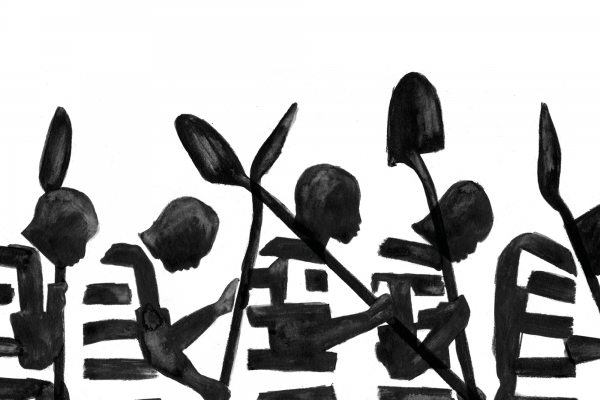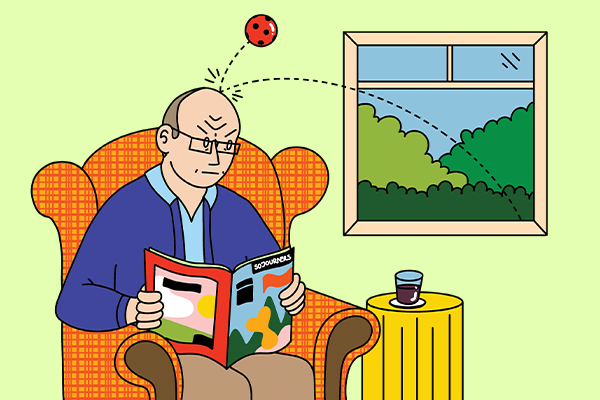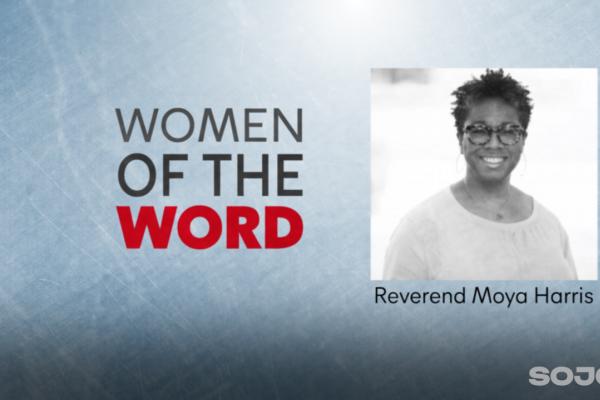MY LATEST PILGRIMAGE took me and three fellow travelers across two states. As we wound along serpentine country roads in an SUV, the open fields and swamps that lined our path seemed haunted. “Come, listen,” tall, tall trees whispered. “We have a story to tell.”
From the Whitney Plantation in Louisiana to Jim Crow convict leasing in Sugar Land, Texas, to the Alamo—where a battle was fought to protect Texan slavery and Latinos were racialized—to our current-day militarized border lands, Southern soil has borne witness to a baseline of U.S. economic strategy: exploitation of immigrant labor.
In the antebellum South, Louisiana’s sugar-based economy led owners of the Whitney Plantation to own, confine, and torture 354 men, women, and children. They profited from the unpaid labor of Africans; in 1858, Louisiana’s sugar crop brought $25 million to plantation owners.
After the Civil War, former slave plantation owners schemed to resurrect their sugar and cotton economies without slave labor. The answer was found in the 13th Amendment, which outlawed slavery except in the case of imprisonment. And while the 14th Amendment declared that citizenship was a birthright, basic protections of citizenship were stripped upon imprisonment. African-American men and boys who gained citizenship when they were released from slavery were incarcerated, often without trials, and leased out to pick cotton, lay rail tracks, mine coal, and process sugar.
Beginning in 1942, the Mexican government leased workers to the U.S. government. The U.S. government placed the workers at businesses throughout the South. Because the agreement was between nations, these “bracero” farmworkers could not negotiate with the businesses for better conditions. They had poor sanitation, insufficient water, and horrific housing. Juanita Valdez-Cox, executive director of LUPE—an immigrant rights organization founded by César Chávez and Dolores Huerta—shared with me and my fellow travelers how her family was housed in a train boxcar with no doors when her father worked in the Bracero program in the 1950s. Her parents took shifts waving bugs off the children at night.
And yet Valdez-Cox’s family was lucky, in that they could remain together. Like Chinese workers of the 19th century, most bracero farmworkers were banned from bringing their families with them.
The Bracero program was phased out in the 1960s, but migrant worker programs such as H2A visas (temporary agricultural workers) and H2B visas (temporary nonagricultural workers) took its place and exist to this day.
Over the last two years, the Trump administration has moved immigrant exploitation back inside of prisons. Detained asylum-seekers and undocumented immigrants are being leased out and put to work for pittances while filling privately owned prison beds that the government has contracted to keep at least 90 percent full at all times.
Three words have echoed in my mind since my pilgrimage: God vs. Mammon.

Got something to say about what you're reading? We value your feedback!







